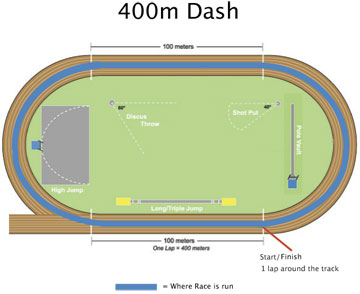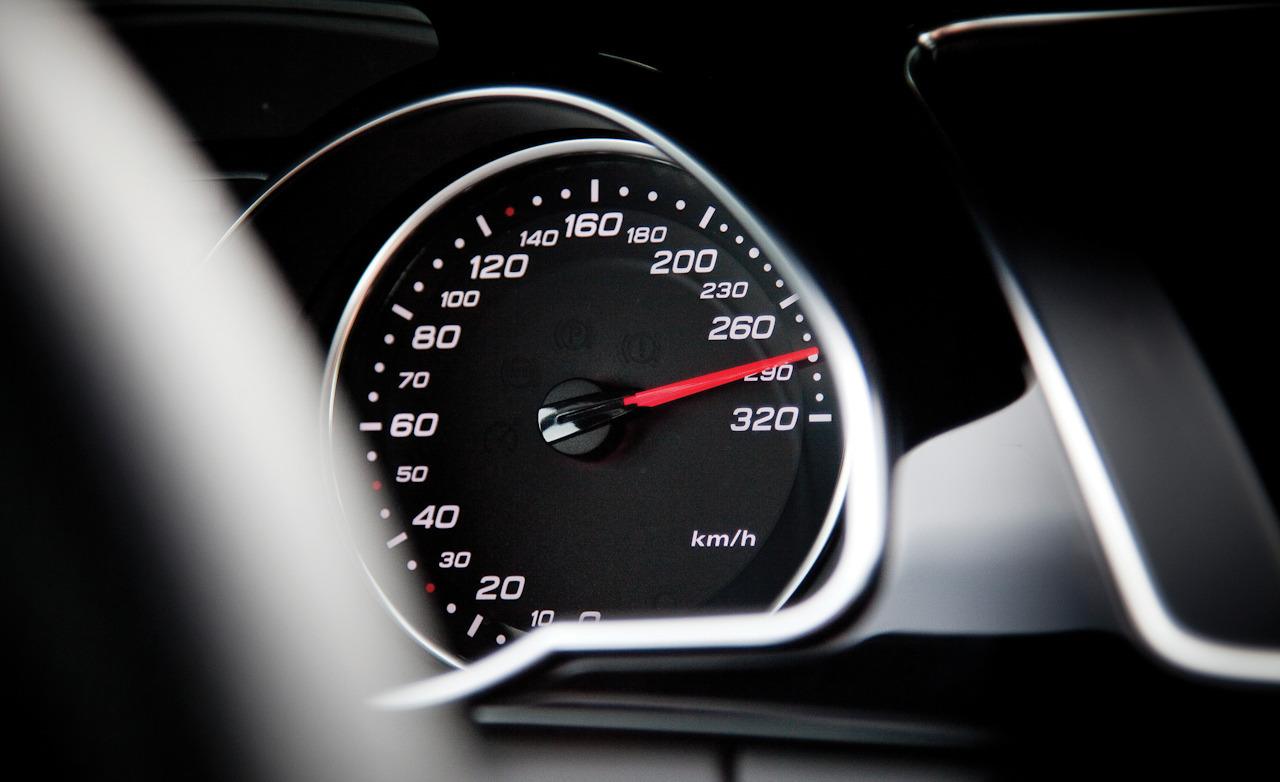Velocity is the displacement of an object over time and includes direction. So an athlete might have a velocity of 17 Km/h in a southeast direction. Velocity is different to speed, which does not have a direction attached to it, and is the distance covered by the athlete in a specified time. So a football player might average 12 Km/h during their match, or might be moving at 8 m/s at a specified time.
The difference between velocity and speed becomes very apparent when comparing them in a 400m race for the athlete in lane 1. The athlete’s speed for the event may have been 7.89 m/s, but her velocity is zero since she started and finished at the same point.

When is comes to performance velocity and speed often have a similar impact. For timed races, the higher the athlete’s speed the faster they will complete the race. Velocity is related to speed but varies according to displacement from the original position and direction. For example, in a 100m race velocity and speed will be the same. However, if we are talking about the movement of a cricket ball through the air, velocity is a better measure, as it takes into account both the horizontal and the vertical movement of the ball, which combine to provide the ball’s velocity.

